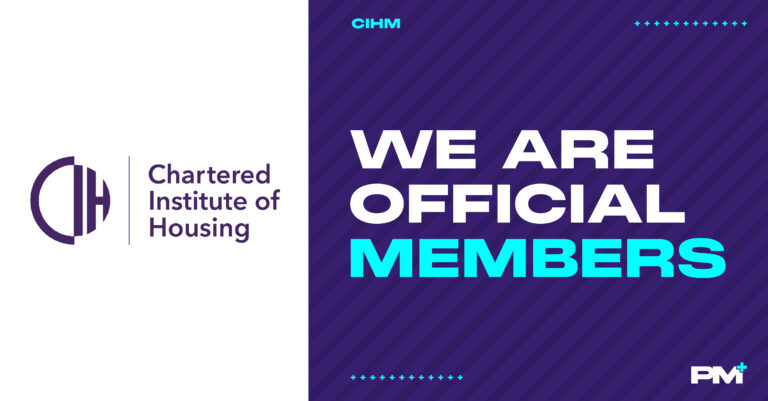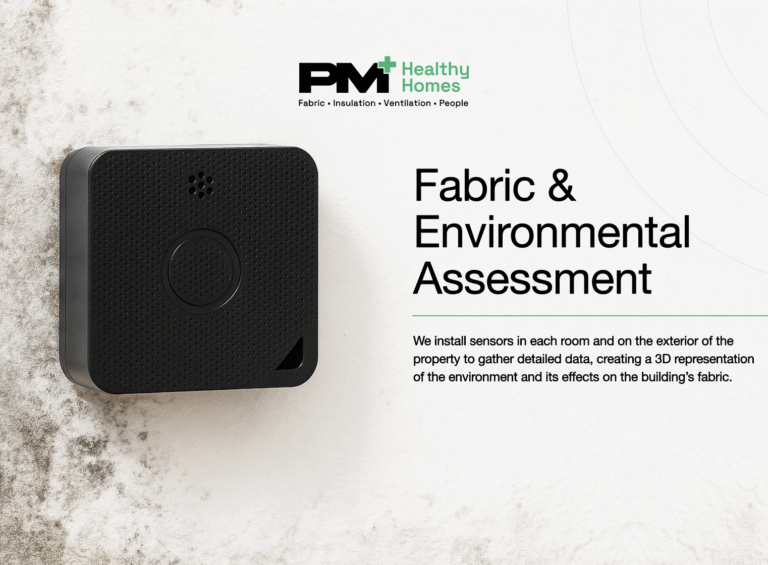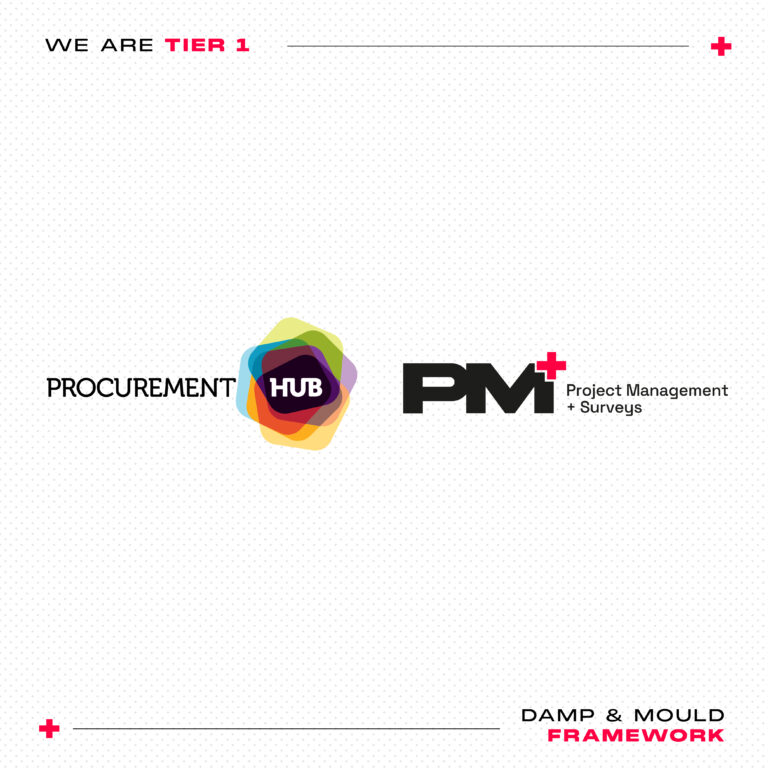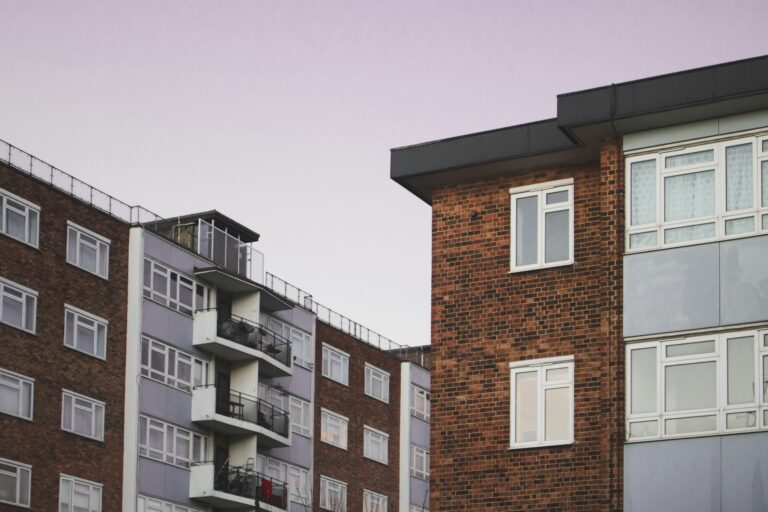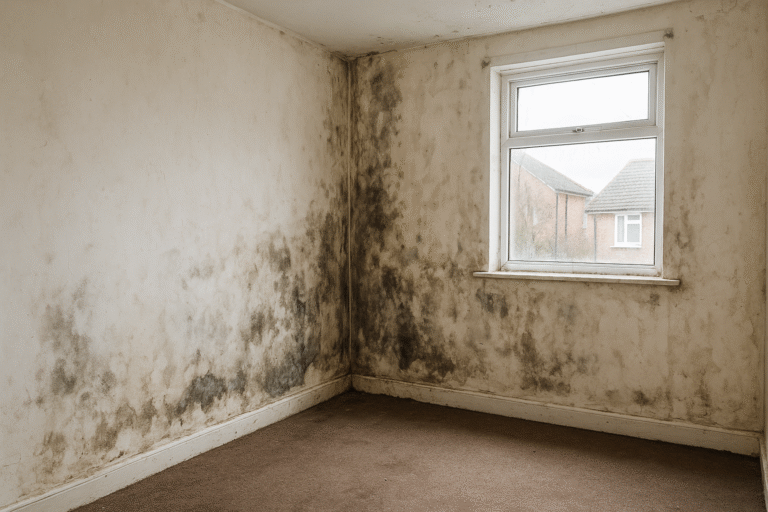With Awaab’s Law coming into effect on 27 October 2025, social housing providers face a new level of legal and operational scrutiny. The legislation introduces fixed timeframes for investigating and addressing health-related housing hazards including damp and mould with the intention of preventing tragedies like the death of Awaab Ishak, whose case shocked the nation.
While the principles behind the law are widely supported, the practicalities of delivering compliance are placing unprecedented pressure on housing providers. For many, the introduction of Awaab’s Law will stretch already limited resources, systems and budgets. And with a sharp increase in tenant awareness and external pressure from solicitors and claim farms the burden is only likely to grow.
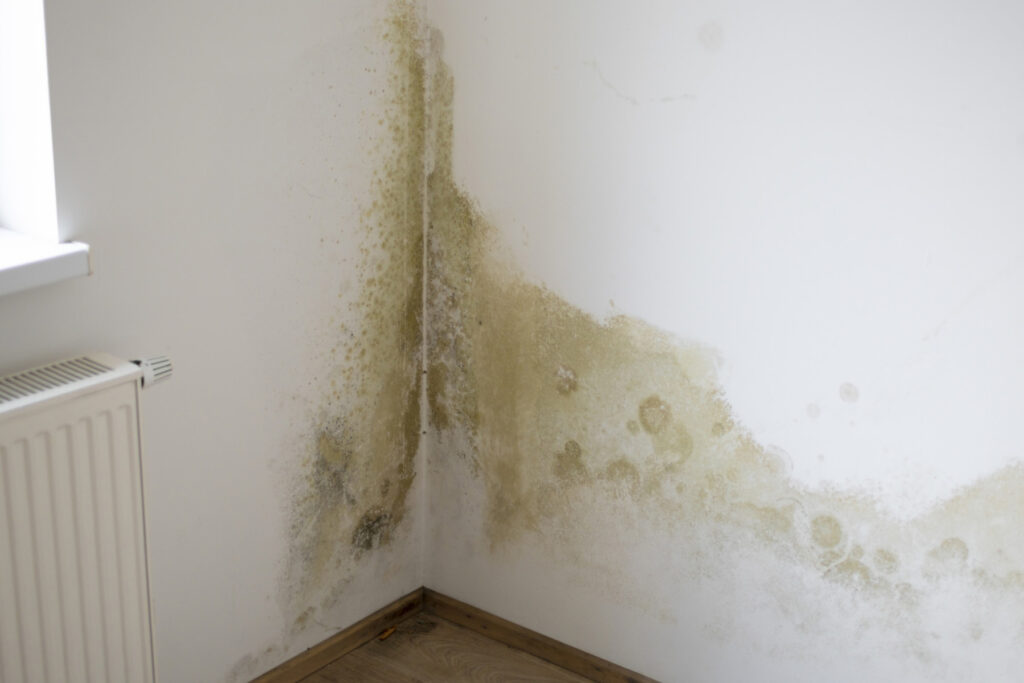
Internal Pressures: Resources, Workflows and Reactive Demand
Delivering compliance with Awaab’s Law is not simply about improving repairs times. It requires a complete operational shift, with landlords expected to:
- Acknowledge hazards within 48 hours
- Inspect hazards within 14 calendar days
- Begin necessary works within 7 calendar days (or 24 hours for emergency hazards)
For these timescales to be met consistently, landlords must have robust triage systems, dedicated surveyor capacity, and clear audit trails for every reported issue all of which demand significant internal investment.
Frontline staff, contact centres, surveying teams, compliance leads and contractors will all face increasing workloads, particularly if damp and mould complaints rise sharply as current trends suggest they will.
Projected Volume: From 0.5% to 2.5% of Stock
Based on our experience at PM+, we estimate that housing providers currently receive damp and mould complaints requiring inspection from approximately 0.5% to 0.75% of their total stock each year.
However, under Awaab’s Law, and with increased public awareness and legal encouragement, that figure is set to rise significantly.
We conservatively estimate that the number of complaints resulting in surveys may reach 2% to 2.5% of a landlord’s portfolio annually within the next 12–24 months. For a provider with 20,000 homes, that equates to 400–500 detailed damp and mould inspections per year up from around 100–150 today.
This shift will require a major expansion of surveying capacity, data management, tenant communication and case management at a time when many providers are already grappling with budget pressures and competing compliance demands.
Why the Numbers Are Rising
There are several converging factors driving this anticipated increase in demand:
1. Claim Farming and Solicitor Activity
Much like housing disrepair, Awaab’s Law introduces clearly defined legal obligations and measurable response times which makes it highly attractive to no-win, no-fee solicitors and claims management companies.
Already, we are seeing early signs of marketing campaigns targeting tenants:
“Has your landlord failed to fix mould quickly enough? You may be entitled to compensation.”
This external pressure will likely drive more complaints, encourage formal escalation, and increase the number of cases that require professional surveying evidence whether or not the original hazard was severe.
2. Tenant Awareness and Empowerment
Media coverage of Awaab’s Law, combined with guidance from the Housing Ombudsman and tenant advocacy groups, is helping residents better understand their rights. While this empowerment is a positive step forward, it also means more tenants are coming forward, more complaints are being lodged, and more cases are being formally recorded and tracked.
3. Long-Term Underinvestment
Some housing providers are already playing catch-up. Years of underinvestment in ventilation, insulation and asset management particularly in older stock have created a backlog of latent issues that Awaab’s Law will now bring to the surface.
In homes where minor condensation problems might previously have gone unreported or untreated, new legislative awareness will lead tenants to demand urgent action and rightly so. But landlords must be prepared to respond at scale and evidence their actions.
4. Decarbonisation Works Without Damp Risk Planning
Retrofitting for energy efficiency is essential, but if not planned carefully, it can inadvertently increase condensation and damp issues especially where air tightness is improved without suitable ventilation upgrades. Without proactive monitoring and post-works assessments, these problems may emerge months or years later under the spotlight of Awaab’s Law.
The Operational Tipping Point
Awaab’s Law represents a tipping point for how housing providers manage the condition and safety of their homes. What was once a reactive process triggered by complaints or inspections must now become a proactive, preventative system supported by data, capacity, and clear governance.
For many, this will require:
- Reallocating internal resources toward damp and mould case handling
- Recruiting or outsourcing specialist surveyors
- Developing real-time monitoring systems to detect risk early
- Training frontline teams to recognise, triage and escalate appropriately
- Investing in data systems that allow for end-to-end tracking and reporting
Providers that fail to take these steps may find themselves unable to meet deadlines which opens the door to legal claims, regulatory breaches, and reputational damage.
How PM+ Can Help
At PM+, we support housing providers in managing the increased demand created by Awaab’s Law while building long-term capacity and resilience.
We offer:
- Independent Damp & Mould Surveys conducted by experienced professionals
- Fabric and Environmental Monitoring that delivers real-time alerts and trend analysis
- Disrepair and Legal Defence Support, helping you build evidence-based responses
- Retrofit Validation, ensuring your decarbonisation efforts reduce, not increase risk
We understand the pressures the sector faces, and we work as an extension of your team to improve compliance, protect tenants, and ease the operational burden.
Final Thought
Awaab’s Law has changed the landscape of housing regulation and rightly so. Every tenant deserves to live in a warm, dry and safe home. But the scale of the operational challenge cannot be underestimated.
With damp and mould complaints likely to rise to 2–2.5% of housing stock per year, landlords must act now to build the internal systems and partnerships needed to keep pace. The strain on resources is real but so too is the opportunity to raise standards, protect tenants, and rebuild trust.


